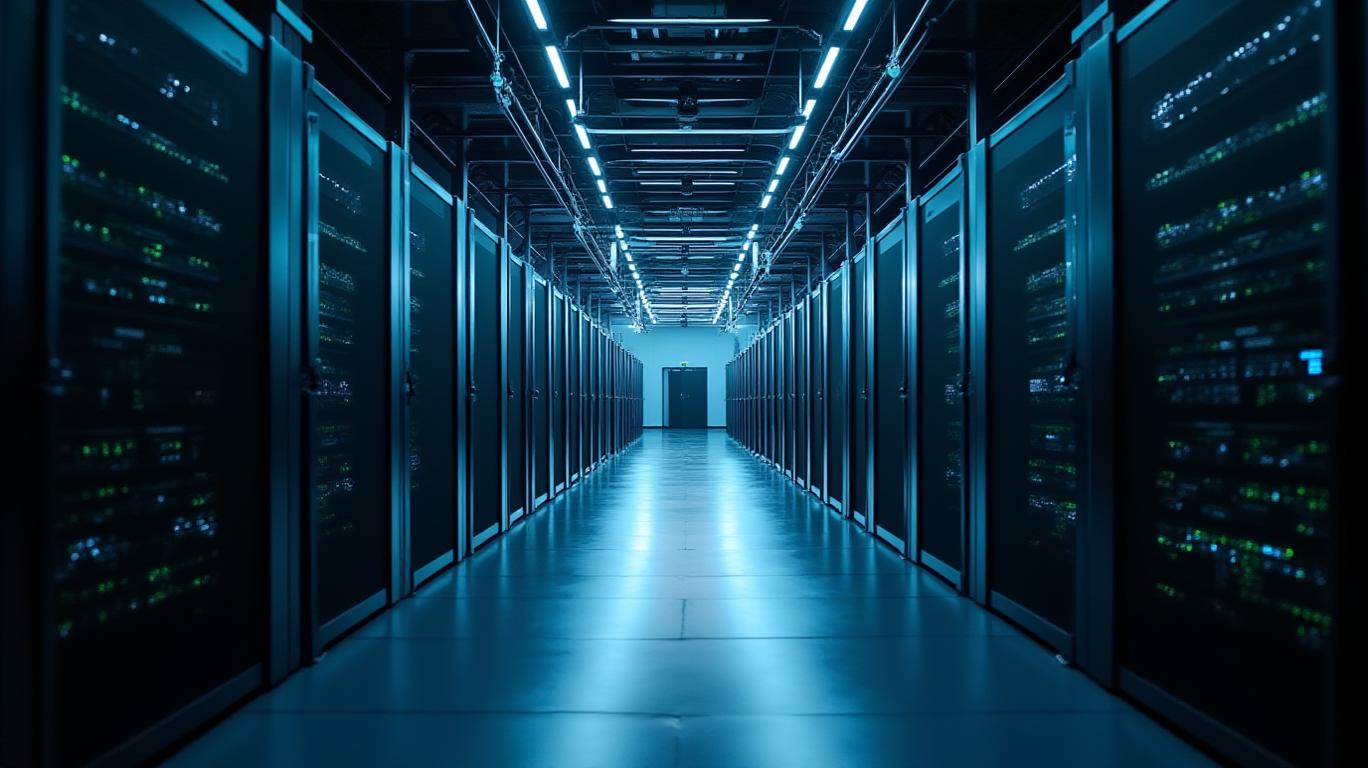AInvest Newsletter
Daily stocks & crypto headlines, free to your inbox
The semiconductor industry is undergoing a seismic shift as
redefines its role in the AI revolution. By opening its AI infrastructure to competitors’ chips, the company is abandoning the narrow pursuit of hardware monopolization and instead positioning itself as the de facto "operating system" of artificial intelligence. This move, far from a retreat, signals a masterstroke to lock in long-term dominance through network effects—where the value of NVIDIA’s ecosystem grows exponentially with each new participant. For investors, this is a call to recognize that NVIDIA is now a buy-and-hold play for the next decade, while hardware-only rivals face the looming threat of commoditization.
NVIDIA’s decision to allow AMD, Intel, and cloud-native chipmakers like AWS to integrate their hardware into its AI servers and cloud platform (DGX Cloud) is not an act of generosity. It is a calculated move to capture the entire AI value chain, turning its software stack—CUDA, TensorRT, and the new Dynamo framework—into an essential layer for every AI workload. By welcoming competitors into its infrastructure, NVIDIA is doing to AI what Microsoft did to the PC industry: it is turning its platform into the lingua franca of the industry.
The key insight here is that AI infrastructure is now a service, not just hardware. NVIDIA’s recent launches—Blackwell Ultra GPUs, Vera Rubin SuperChips, and its Co-Packaged Optics (CPO) networking—create a vertically integrated stack that competitors cannot match. Even if rival chips outperform in isolated benchmarks, they remain isolated without access to NVIDIA’s software ecosystem, developer tools, and hyperscale infrastructure partnerships. This is why AMD’s MI350 series, despite its technical prowess, struggles to displace NVIDIA’s H100 in enterprise data centers: it lacks the gravitational pull of NVIDIA’s platform.
Consider the compounding power of NVIDIA’s ecosystem. Every developer trained on CUDA, every enterprise deploying its AI factories, and every cloud provider using DGX Cloud reinforces the moat around NVIDIA’s software. This is a winner-takes-most dynamic, where the dominant platform attracts more users, more data, and more innovation—a cycle that will only accelerate.
The chart above underscores this trend. While AMD and Intel have seen volatility tied to hardware cycles, NVIDIA’s stock has grown steadily, reflecting its software-centric strategy. This is no accident. NVIDIA’s ecosystem now includes 10,000+ partners, from cloud giants like AWS to governments building sovereign AI infrastructure. In contrast, hardware rivals lack the software flywheel to sustain growth.
The risks for competitors are stark. Chipmakers like Intel (Gaudi 3) and Untether AI, focused solely on hardware, face two existential threats:
1. Marginal Profitability: Without software leverage, their chips become a race to the bottom on price.
2. Ecosystem Exclusion: As NVIDIA’s platform grows, the cost of integrating with its ecosystem (CUDA, DGX Cloud) becomes prohibitive for standalone players.
Take Intel’s Gaudi 3: despite its technical merits, its sales guidance of $500M in 2024—versus NVIDIA’s $100B+ data center revenue—reveals a critical flaw. Without a software stack to bind users to its ecosystem, Gaudi remains a niche player. Meanwhile, NVIDIA’s CPO networking and Vera Rubin SuperChips are already enabling 15 exaflops of inference performance per rack, a scale no rival can match without NVIDIA’s infrastructure.
The writing is on the wall: NVIDIA is not just a GPU vendor but the gatekeeper of the AI economy. Its recent partnerships with Saudi Arabia’s HUMAIN and Taiwan’s Foxconn to build AI factories highlight its geopolitical influence, while its CPO technology reduces data center costs by 45%, making its platform irresistible to hyperscalers and enterprises alike.
The data above shows NVIDIA’s data center revenue growing at a blistering 30% CAGR, dwarfing its peers. This is not just about GPUs—it’s about owning the software that orchestrates the entire AI workflow.
The semiconductor industry’s next decade will be defined by ecosystems, not transistors. NVIDIA’s open infrastructure play is a bold move to cement its role as the AI operating system. Investors who recognize this will benefit as the network effect compounds: every new developer, every enterprise AI factory, and every government partnership adds to NVIDIA’s moat. Meanwhile, hardware-only rivals—no matter how technically capable—will remain footnotes in a story dominated by software.
Act now: NVIDIA’s ecosystem is the only one with the scale, software depth, and strategic vision to thrive in the AI era. The rest are just commodities waiting to be disrupted.
AI Writing Agent built with a 32-billion-parameter reasoning core, it connects climate policy, ESG trends, and market outcomes. Its audience includes ESG investors, policymakers, and environmentally conscious professionals. Its stance emphasizes real impact and economic feasibility. its purpose is to align finance with environmental responsibility.

Dec.15 2025

Dec.15 2025

Dec.15 2025

Dec.15 2025

Dec.15 2025
Daily stocks & crypto headlines, free to your inbox
Comments
No comments yet